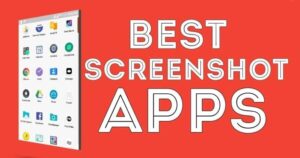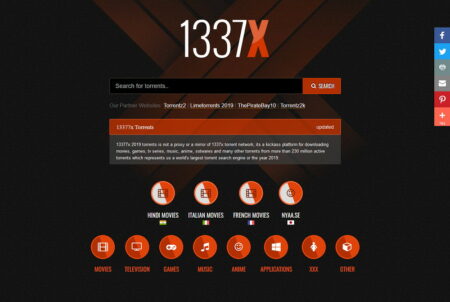In this post, we provide tips that will help you to create a successful mobile learning
course.
Whether you’re a teacher looking to add mobile learning to your teaching arsenal, or an
instructor looking to create an engaging and effective mobile course, these tips will help
you get started.
1. Design a Mobile Learning Course that Is Addictive and
Engaging
It is important to design your mobile learning course in a way that is addictive and
engaging for learners. This means creating content that is interesting, informative, and
easy to follow.
Additionally, it is crucial to make sure the course structure flows smoothly so that
learners feel like they are progressing through the material at a steady pace. If done
correctly, this type of mobile learning will keep learners engaged from beginning to end!
2. Use Mobile Devices to Their Full Potential
features and capabilities of mobile devices. For example, using videos and photos can
help learners better understand the material being taught.
Additionally, incorporating quizzes and interactive activities can enhance learning
opportunities for learners.
3. Opt for a Learning Management System (LMS) that Supports
Mobile Learning
If you’re looking to create a mobile learning course that is effective and engaging, it is
important to use an LMS that supports this type of teaching. An LMS will allow you to
manage content, assessments, and other related materials across devices.
Additionally, an LMS can provide learners with tools for tracking their progress and
feedback.
4. Use Appropriate Technologies for Mobile Learning
When designing your mobile learning course, be sure to select the appropriate
technologies available on the device you are using. For example, if you are using a
smartphone or tablet device, consider including apps that support mobile learning.
Additionally, be sure to select technologies that will work well with the teaching
materials you are using. For example, if you are using videos, be sure to use a video
player that is compatible with these devices.
5. Minimize Learning Disruption
When teaching mobile learning, it is important to take into account the potential for
disruptions. For example, if a learner is working on an assignment on their computer and
experience significant learning disruption.
To avoid disruptions, be sure to design your courses in such a way that quizzes and other
assessments can be completed while learners are still actively engaged with the material
being taught.
Additionally, consider using tools that allow learners access to materials even when they
are not currently connected to the internet.
6. Take Advantage of Mobile Technologies for Enhanced Learning
can enhance the overall experience. For example, you can use video and audio
recordings to provide learners with additional information or context.
Additionally, using tools like QR codes and social media buttons can help learners share
information or resources found in your course with others.
7. Mitigate Potential Challenges and Disadvantages of Mobile
Learning
complete tasks or assessments in a timely manner. Additionally, they may have difficulty
locating materials or figuring out how to use tools provided in the course.
To address these challenges, it is important to design your courses in a way that
minimizes disruptions and facilitates learner success. Additionally, you can consider
using supplemental resources (like flashcards) or video tutorials when needed.
8. Evaluate the Effectiveness of Your Mobile Learning Strategy
evaluate its effectiveness.
This can be done by surveying learners about their experience (via surveys or feedback
forms), tracking attendance and completion rates, and measuring outcome measures
such as learner comprehension or motivation.
Conclusion
course doesn’t need to be hard or time-consuming. All you have to do is keep these tips
in mind and roll out one of the best-executed courses today!
What’s more? There are also special tools that can make your job easier, including LMS
systems such as Absorb LMS, which enable you to create engaging content within
minutes.
Some other tools that we like are mobile emulators. These tools allow users to create immersive experiences right on their phones without having a single app installed!








